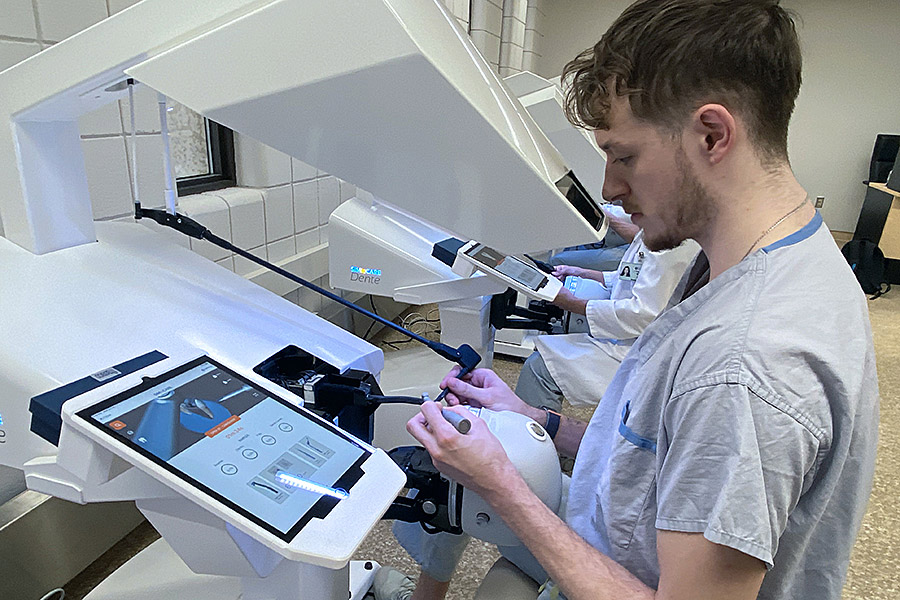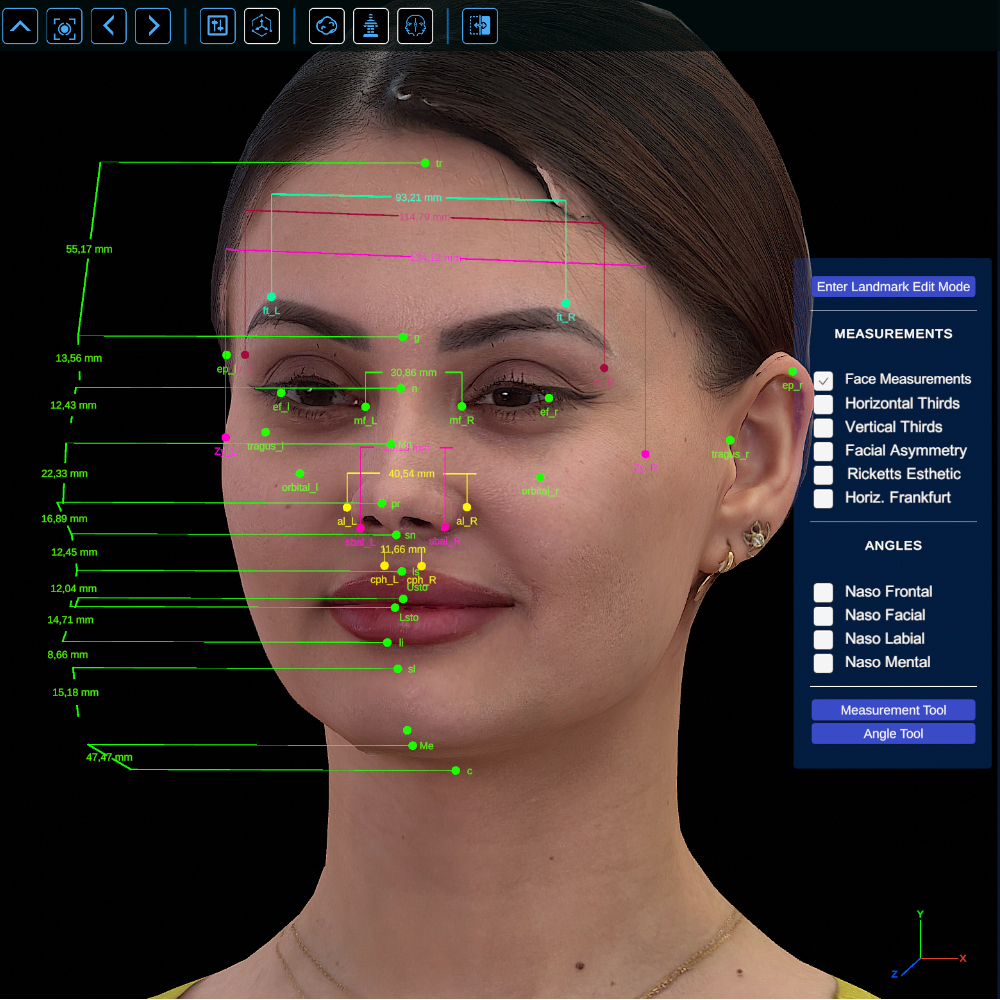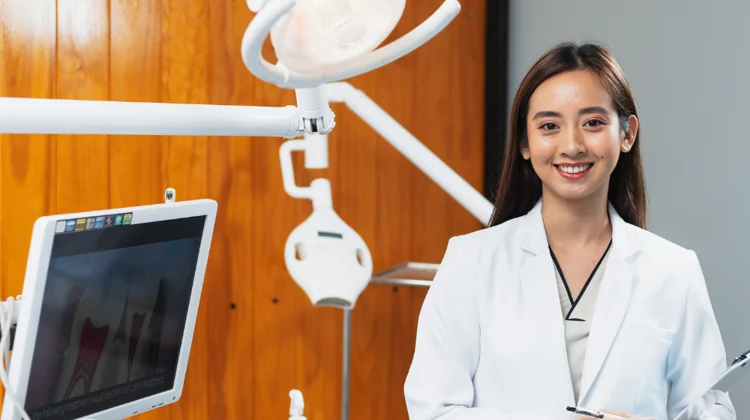VR and Simulators in Dental Education: What’s Changing
Virtual reality has been creeping into dental education for more than a decade, but only recently has it started to feel mainstream. What once looked like an expensive experiment in a few labs is now showing up in classrooms and training centers across the world. The reason is simple: students can repeat procedures endlessly, make mistakes without risk, and learn in an environment that is both safe and measurable.
VR Dental Training Lab
This platform remains one of the more visible names in the field. The latest update added modules for restorative dentistry and basic implant planning, while also improving performance on new VR headsets. Students report smoother interaction, and instructors value the ability to track progress in detail. For many schools, it has become the first serious step toward immersive digital training.
Dental Anatomy VR
More of a teaching tool than a simulator, Dental Anatomy VR keeps growing its 3D library. Recent versions include richer views of occlusion and better rendering of soft tissue. In classrooms, it replaces flat images with interactive anatomy sessions, which helps students understand spatial relationships much faster.
Simodont Dental Trainer
Simodont continues to stand out because of its haptic feedback system. The newest software builds make tactile differences — drilling enamel versus dentin, for example — more realistic. This focus on touch gives students an experience closer to real practice, something VR visuals alone can’t provide.
Why it matters now
The appeal is obvious: lower costs for consumables, endless practice time, and better monitoring of student performance. Administrators also point to easier integration with LMS platforms, turning VR sessions into data-driven training. Of course, no simulator can replace clinical experience, but they make the transition less intimidating for students.
As headsets become cheaper and software ecosystems more polished, VR and simulators are no longer “nice extras” — they’re turning into standard teaching tools. The challenge for universities and IT teams is to keep hardware up to date and make sure these platforms fit into existing curricula. But the direction is clear: the next generation of dentists will expect digital practice to be part of their education from day one.




